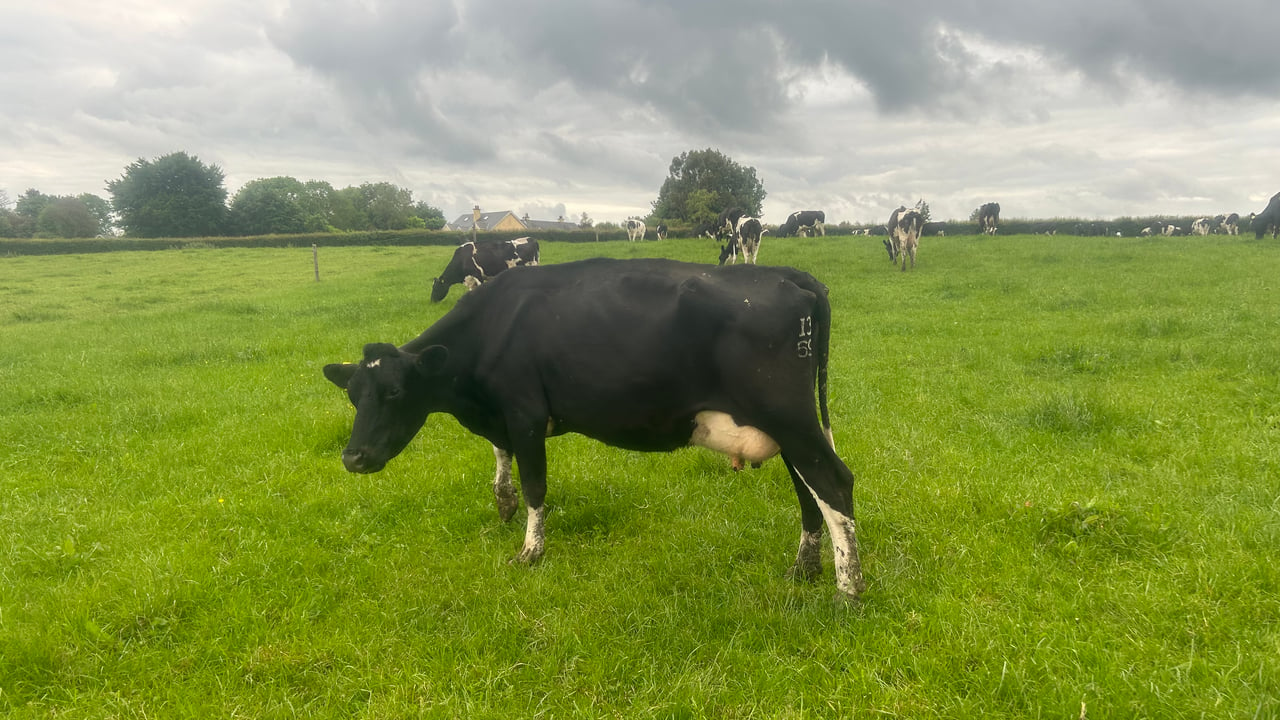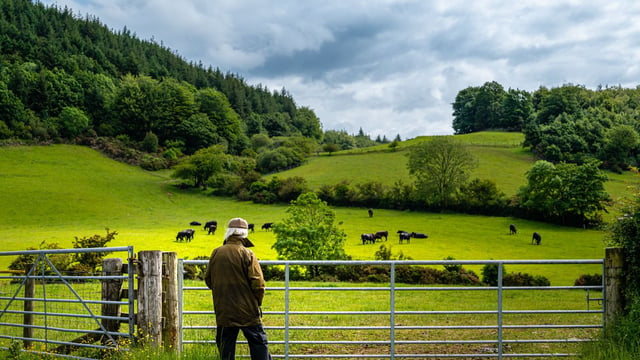Grass growth rates see no improvement this week
Frustration continues among farmers, as summer grass growth rates fail to reach peak levels week after week as the period of stagnation continues.
The cold spell of weather has caused grass growth rates to drop even further this week on dairy farms around the country.
There seems to be no consistency in weather to allow for growth rates to excel this summer, with a lot of farmers beginning to run tight.
The cold weather has dropped growth rates back on dairy farms to 58kg dry matter (DM)/ha, with an average demand across the country of 53kg DM/ha, according to Pasturebase Ireland.
The regrowth on paddocks that were grazed, cut or pre-mowed are a lot slower and will struggle to make up an acceptable cover for the next round.
The reality is that there is still a number of paddocks with poor grass quality, but correcting all paddocks in a rotation should be avoided.
The urgency of correcting the grass quality in these paddocks might be a priority for many, in order to get them into the next rotation with fresh, lush grass but it should be avoided.
By doing this, it might put your farm into an unnecessary grass deficit as it will drop grass growth rates by 20-30kg DM/ha.
The advice from Teagasc is that if you are below 150kg DM/LU and your pre-grazing yields start to drop under 1200kg DM/ha, the aim should be as follows:
- Hold your rotation at 21 days, if possible;
- Increase the grazing area for a period of time;
- Introduce extra meal in the parlour;
- Supplement with silage before or after milking.
Aim for a cover/LU of 170-200kg DM/LU on dairy farms, and continue to walk your farm every five days to allow for early identification and intervention where needs be.
You will only be able to identify a grass shortage and keep a close eye on average farm cover (AFC) , cover/LU and rotation length by walking the farm every five days during this cold period.
Frequent grass walks will allow for quick rectification and mitigate the chances of your cow production levels falling.
With the bad grass growth looming around the country, it might be a good idea to start making sure that your reseeds are of good quality when they are back in the next rotation.
With the bad weather in the spring, many farms got reseeding in late April and those reseeds are now approaching the point at which they should be treated with a post emergence spray.
A successful post emergence spray will help to ensure your fresh grass and this ensures that clover reseeds get the best possible chance of a low weed burden.
Controlling weeds is best done when the grass plant is at the three leaf stage and when the trifoliate leaf has appeared has appeared on the clover plant.
Clover safe spray should already be in the yard already in advance of when you need it so you can spray when the sward is ready.
During this colder spell, it is important to keep on top of your grassland management in order to intervene on time, to ultimately, keep your cows producing high levels of milk and to maintain energy intakes during the breeding season.





